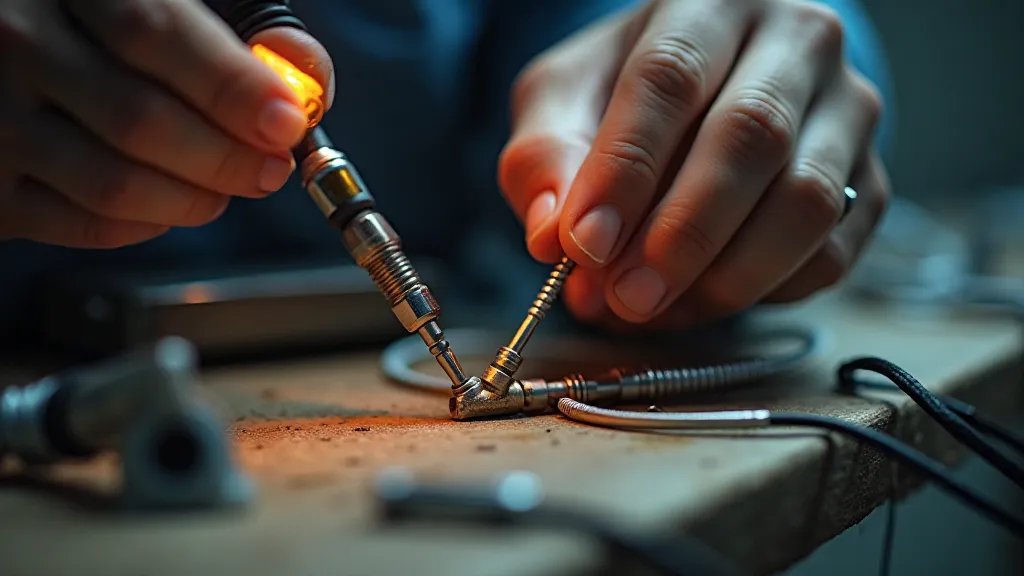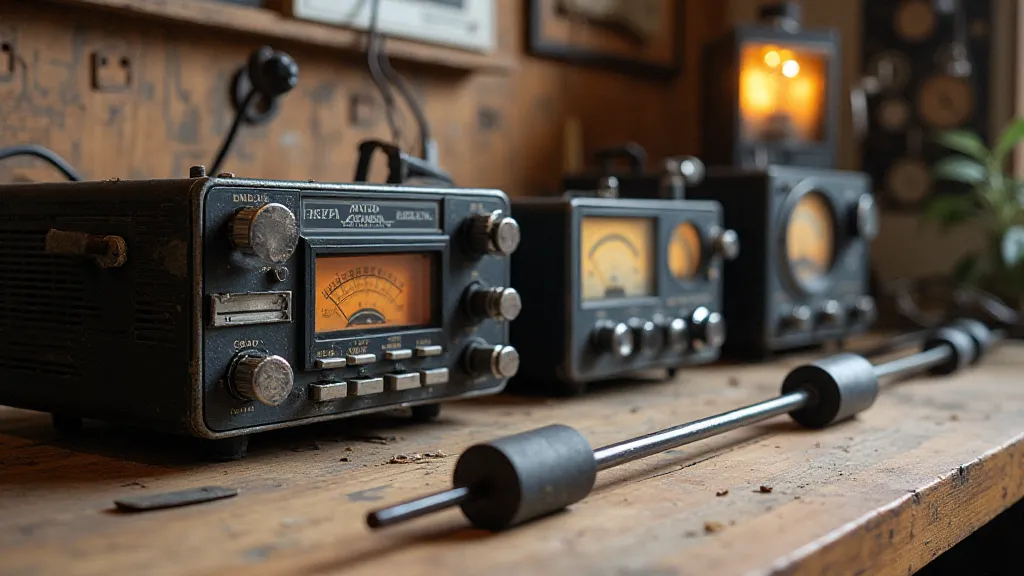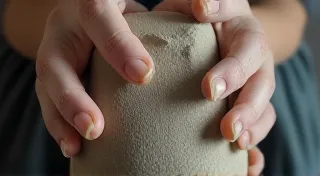The Shepherd's Crook: Beam Antenna Guide to Sculpting the Radio Horizon
There’s a profound beauty in things built by hand, a resonance that transcends mere function. I think of this often when I handle my antique accordion – a Hohner Monarch, passed down from my grandfather. Its bellows, carefully crafted from leather and wood, its keys, precisely aligned, each element a testament to a dedication that seems lost in our age of mass production. The same spirit of meticulous craftsmanship, that same devotion to detail, informs the art of building a beam antenna. It's more than just connecting wires; it’s about shaping radio waves, sculpting the invisible horizon, and listening to voices from far beyond your immediate surroundings.
The shepherd’s crook – a bent stick used to guide sheep – serves as a fitting analogy. We, as ham radio operators, become shepherds of the radio spectrum, carefully guiding signals where we want them to go. A beam antenna, especially the ubiquitous Yagi-Uda, is our crook. But simply building a basic Yagi isn’t enough for those seeking to truly master the craft. Let's delve into the art of shaping beam patterns, taming sidelobes, and achieving truly directional performance. We'll cover some advanced construction methods that elevate the project beyond a simple hobby into a genuine display of skill.

Beyond the Basic Yagi: Understanding the Fundamentals
Most beginners start with a straightforward Yagi design. And that’s perfectly fine! It's a crucial first step. But understanding why a Yagi works – the interplay of the driven element, the reflectors, and the directors – is paramount to manipulating its performance. The reflector, typically longer than the driven element, delays the phase of the signal, creating constructive interference at a specific angle. Directors, shorter than the driven element, advance the phase, further shaping the beam.
The Spacing is critical. Typical reflector spacing is around 0.15 to 0.25 wavelengths. Director spacing is usually a bit tighter, around 0.1 to 0.15 wavelengths. These aren't hard-and-fast rules; slight variations can significantly alter the antenna's characteristics. Experimentation is key, and simulations (using software like EZNEC or 4NEC2) are invaluable tools for predicting performance before you even cut a single piece of wire or tubing.
The Sidelobe Challenge and Mitigation Techniques
A perfect beam would radiate solely in one direction. Reality, however, is more complex. Sidelobes – smaller, unwanted lobes of radiation – exist at angles adjacent to the main beam. These sidelobes can cause interference to other stations and can also reveal your location to unwanted listeners. Minimizing sidelobes is a cornerstone of advanced antenna design.
One technique is to employ “trap” directors. These are directors that are electrically longer than they are physically long, achieved by incorporating a capacitive gap in the element. Trap directors are harder to construct accurately, requiring careful attention to the gap size and placement. Another approach is to use "folded" directors – elements that are bent into a shape that effectively increases their electrical length without significantly increasing their physical length. These methods offer a subtle but noticeable improvement in overall performance.
Advanced Construction Methods: Precision and Materials
Moving beyond a simple wire frame, advanced Yagi construction often involves aluminum tubing. This provides greater strength and durability, and allows for more precise element spacing. Using a jig is highly recommended. A well-made jig ensures that all elements are positioned accurately and consistently.
Element width matters. While traditional Yagi elements are typically around 0.05 to 0.08 wavelengths wide, experimenting with different widths can subtly alter the antenna's impedance and gain. For VHF and UHF antennas, precision is even more critical. Even tiny inaccuracies in element length or spacing can have a significant impact on performance. Careful measurement and a meticulous approach are essential.
Baluns are often overlooked. A good balun is absolutely vital for preventing common-mode current from flowing on the coaxial cable, which can distort the radiation pattern and increase interference. Homebrewing a high-quality balun is a project in itself, but the rewards are well worth the effort.

Taming the Gain: Director Tapering and Element Loading
While increasing the number of directors generally increases gain, there's a point of diminishing returns. Furthermore, simply adding more directors can exacerbate sidelobe problems. Tapering the diameter of the directors, making them narrower towards the ends, can help to mitigate this issue and improve the front-to-back ratio.
Element loading – introducing small discontinuities along the length of the element – is another technique for manipulating the antenna’s performance. These discontinuities can be in the form of small loops, bends, or slots. While the theory behind element loading can be complex, the practical effects can be quite beneficial. It’s a realm of experimentation and refinement.
VHF and UHF Considerations: The Realm of Micro-Precision
As you move into the VHF and UHF bands, the wavelengths become increasingly small. This necessitates even greater precision in construction. What might be a negligible error in a 20-meter band Yagi becomes a significant factor at 2 meters or 70 centimeters. Using high-precision measuring tools and adopting a meticulous approach are absolutely essential.
Furthermore, the effects of moisture and corrosion become more pronounced at these frequencies. Applying a protective coating to the elements can help to extend the antenna's lifespan and maintain its performance.

The Art of Listening: More Than Just Signal Strength
Building a beam antenna isn't just about achieving the highest possible signal strength. It's about listening. It's about connecting with the world, overcoming distance, and sharing experiences. The joy of hearing a faint signal from across the ocean, a voice carried by the very waves you've carefully sculpted, is a reward that transcends any material gain.
The process of building a beam antenna, much like restoring an antique accordion, instills a deep appreciation for craftsmanship, attention to detail, and the enduring power of human ingenuity. It's a journey of discovery, a testament to the pursuit of excellence, and a connection to a long and vibrant tradition.





